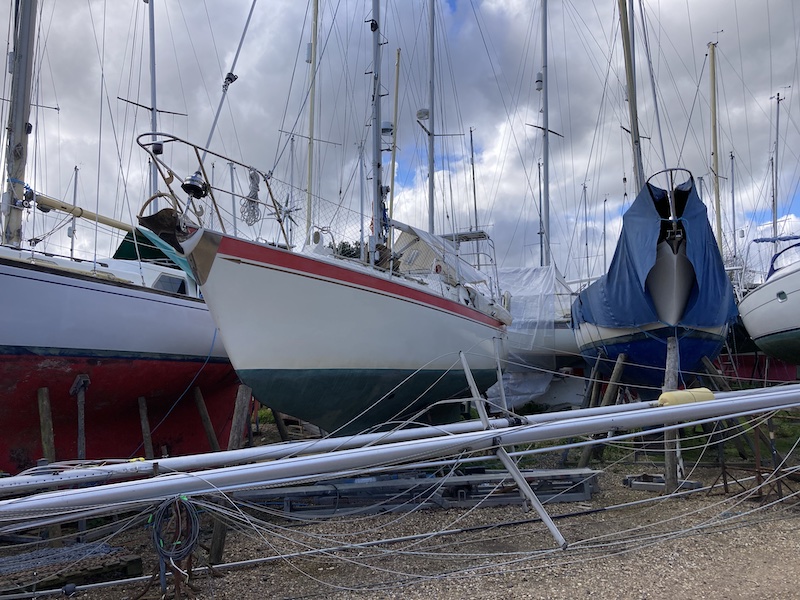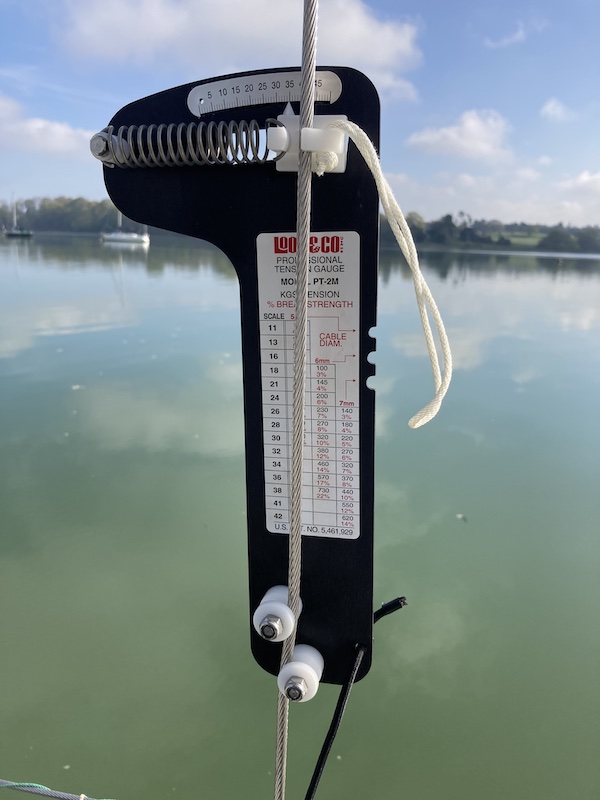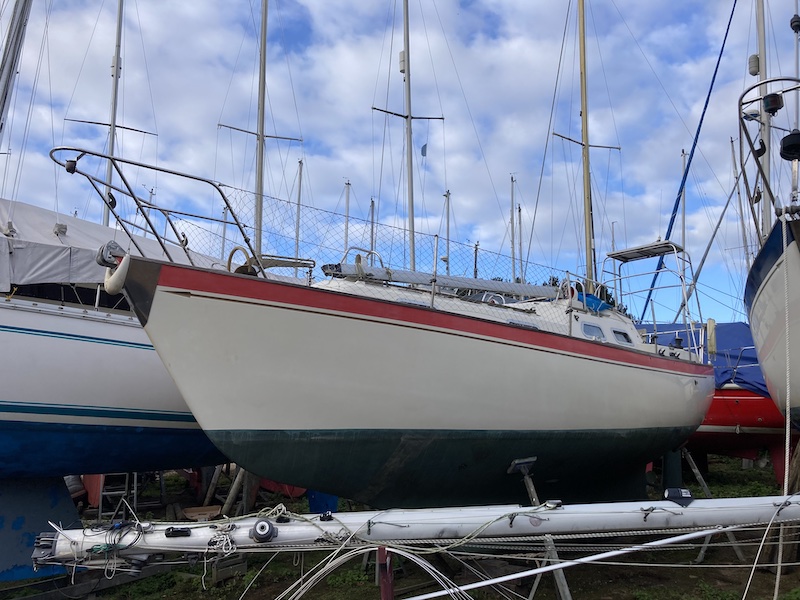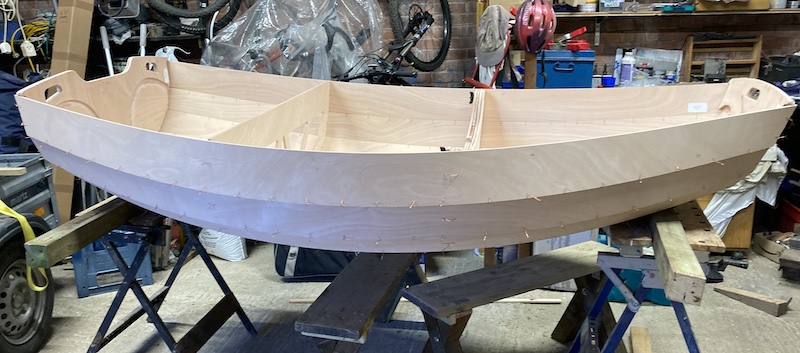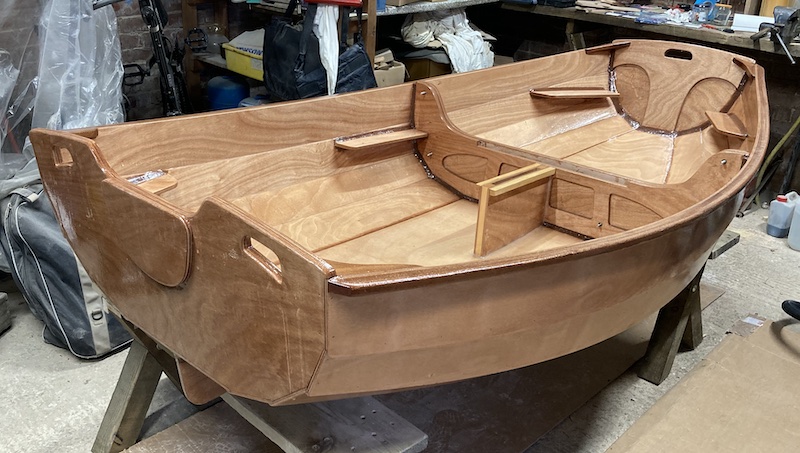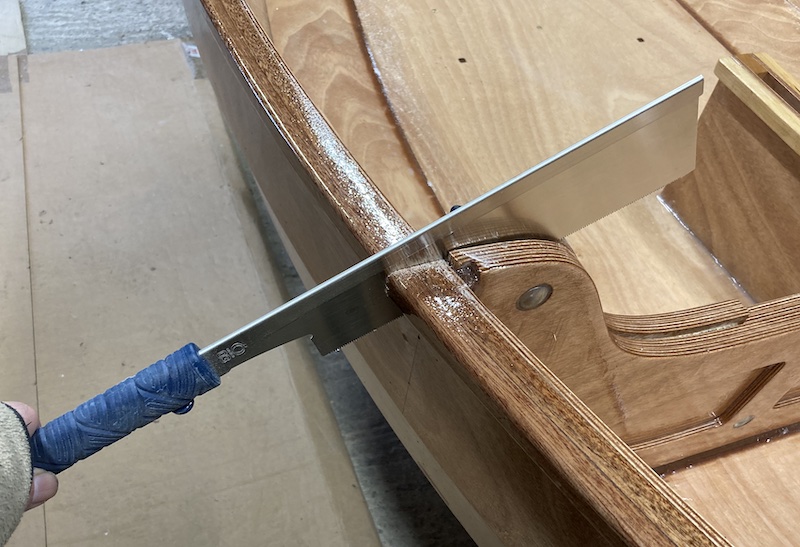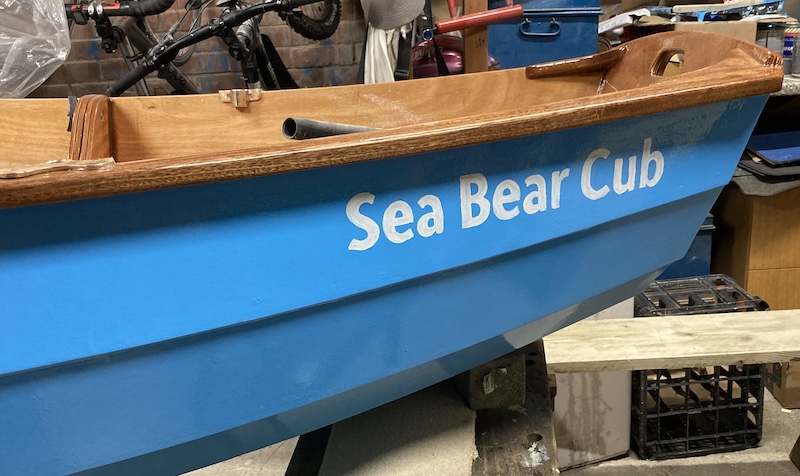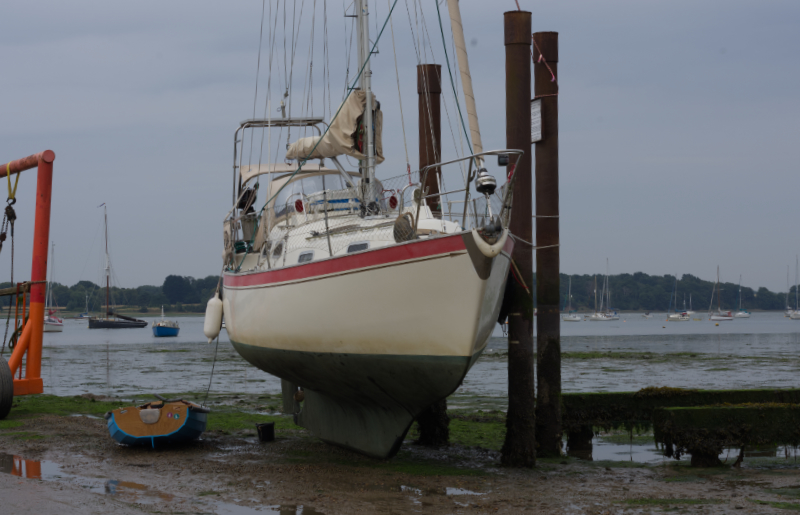
A scrub for Sea Bear

Sea Bear on scubbing posts
An early morning drive followed by a row out in the cub took me out to the boat. Fouling seemed particularly bad this year and Sea Bear had been very sluggish on the last trip. I thought it was time for a bottom scrub. I had originally planed to do this via a swim but two things persuaded me against the idea. Firstly the water was quite choppy in the afternoon and past experience had showed me this made the task difficult and unpleasant or should I say even more difficult and unpleasant. Secondly the water in the Orwell is so murky that you cannot see what you are doing. Ok only thing then was to utilise the scrubbing post on Pin Mill hard. Accordingly just before high water next day find me manoeuvering alongside the posts and making secure, a tricky business single handed but we managed. Then come the nervous wait for the tide to ebb, adjusting the lines and ensuring that the boat sits upright on her keel, ideally with a very slight lean into the posts. As soon as the water was low enough, on with the wet suit and overboard to start the scrub. It is best to have water to brush off as you scrub still it is a bit of a race to get it all down before you are left high and dry. Surprisingly the weed wasn’t too bad but there were lots of small barnacles and the prop was very badly fouled with barnacles and growth. Looked liked the antifoul hadn’t worked on that at all. Job done time, for tea and dinner and then a little nap waiting for the tide to return. It was around 3.15 am when we were afloat again, time to free the boat for its multitude of securing lines and motor back out the mooring. It was a very dark night so great care needed to avoid all the other moored boats and spot the pick up buoy. I always prefer to do this without a torch which I find spoils one’s night vision but it does make it tricky. Safely done and so to bed.
